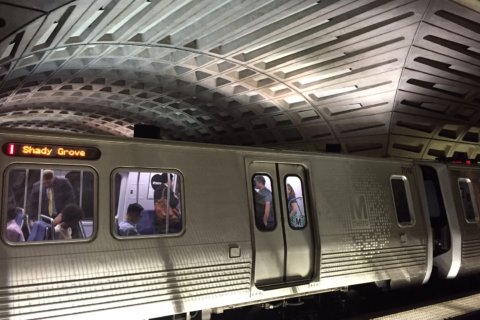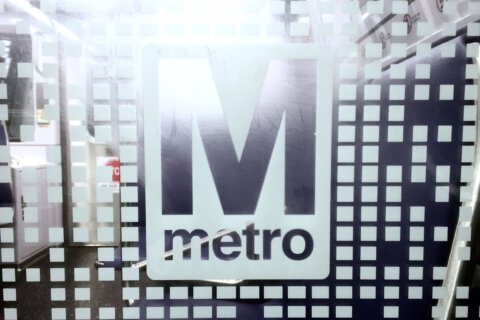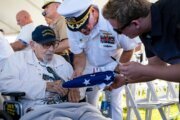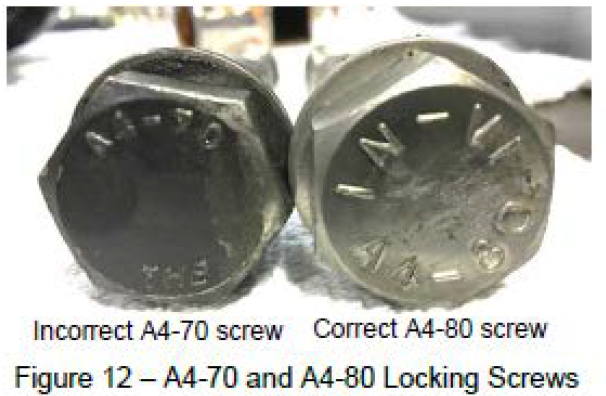
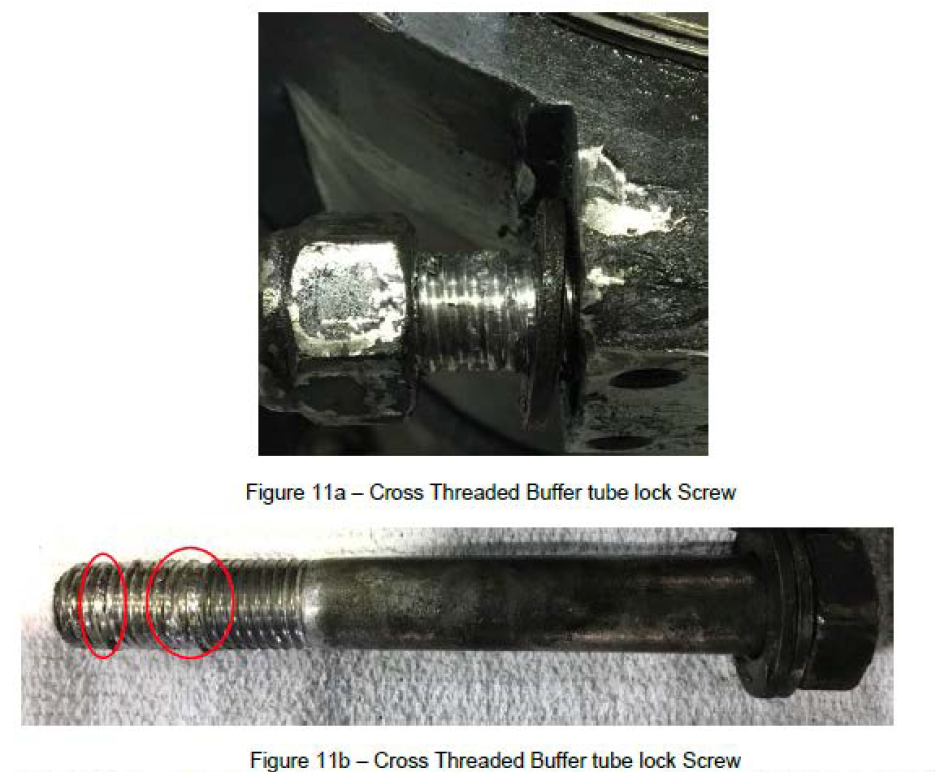
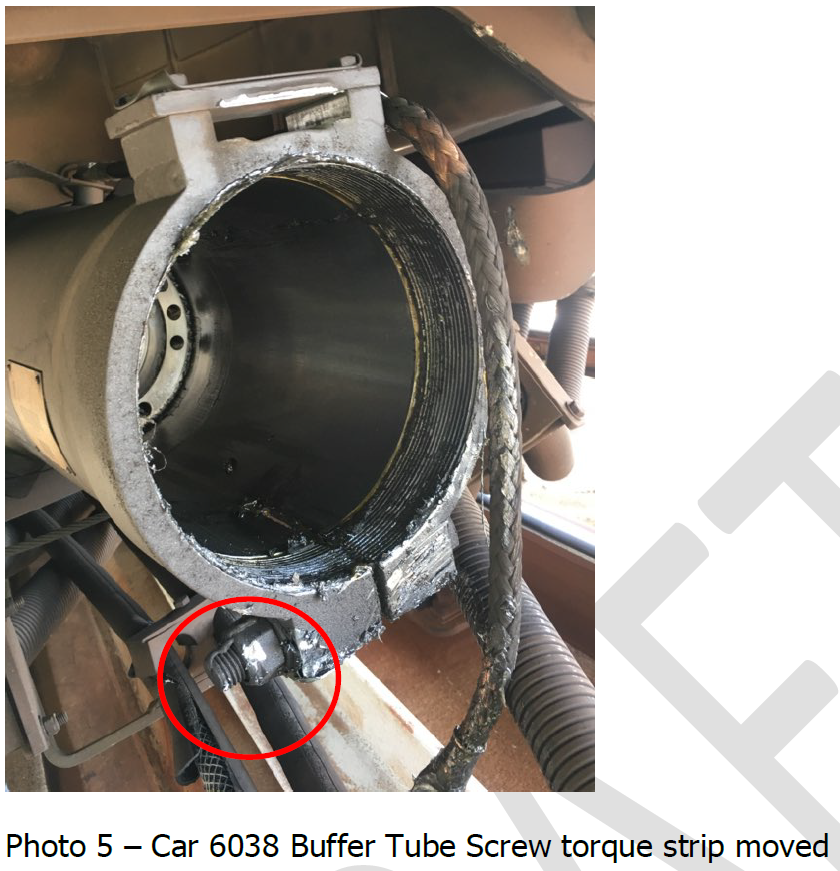
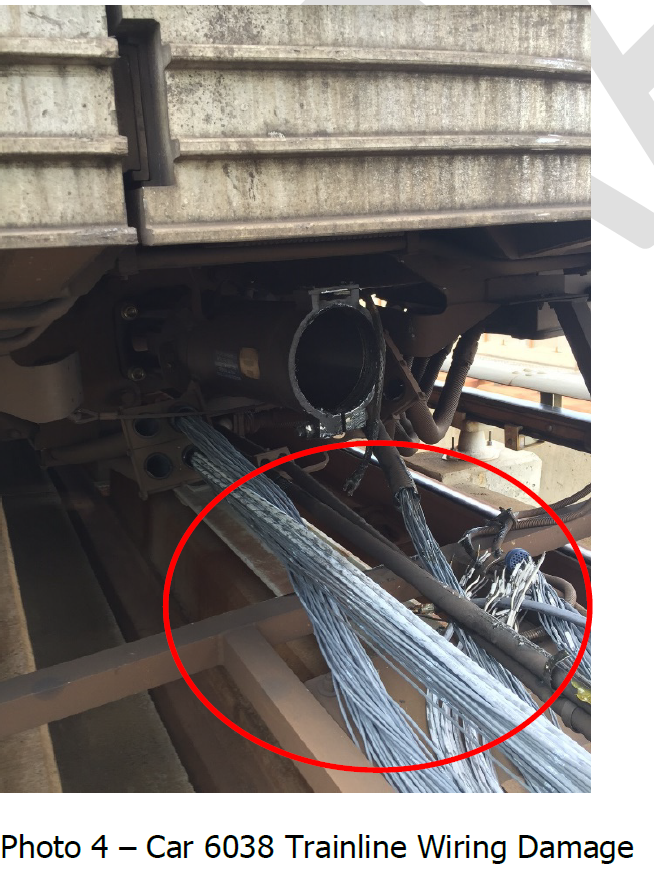
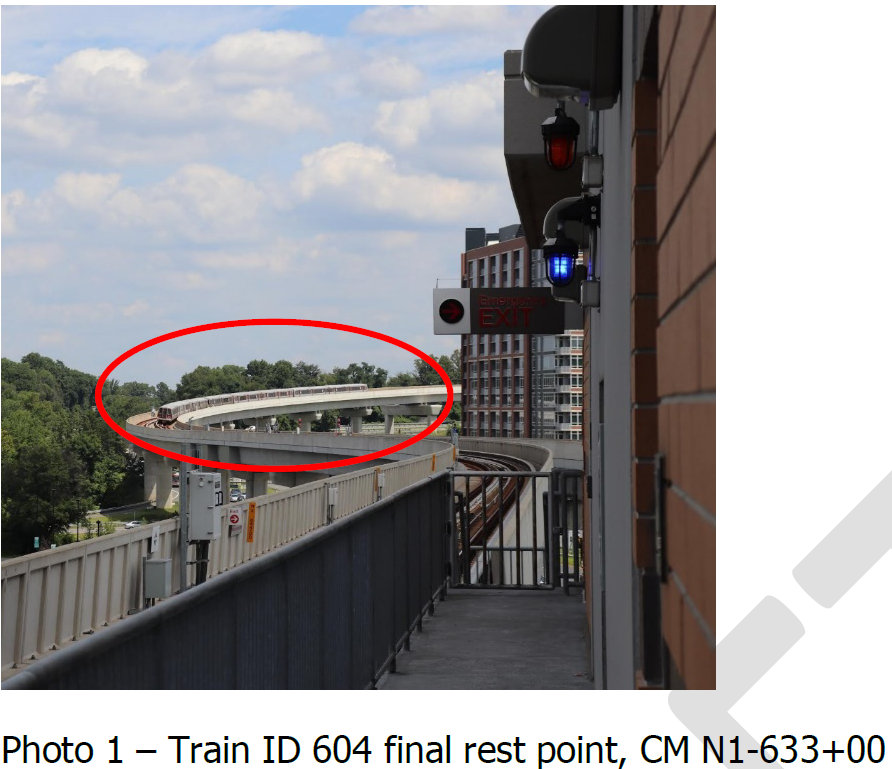
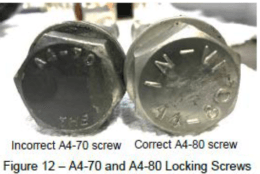
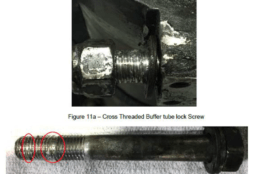
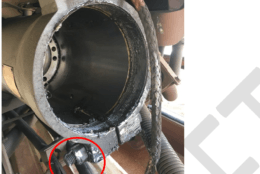
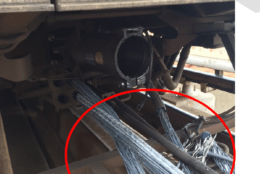
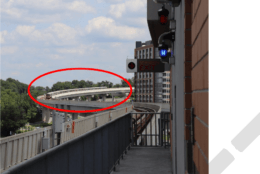
A Metro train pulled apart on the tracks last year because the agency was using the wrong parts, installing parts that were used incorrectly, and not checking to ensure things were done right, according to a just-completed investigation.
The 51-page report approved Thursday by the Washington Metrorail Safety Commission details a litany of failures that led up to an eight-car Silver Line train bound for D.C. coming apart outside the McLean Station on Aug. 25.
Five cars of the train were about 4 feet away from the other three. Sixty riders on board the five-car section and eight riders in the three-car section that cloudy Saturday morning had to be evacuated onto other trains.
“The investigation revealed gaps on many fronts,” said the commission’s chief operating officer, Sharmila Samarasinghe.
Metro did not even have the correct bolt on hand that was supposed to be used for holding the cars together. The bolt that was used on this pair of cars did “not match any available WMATA documentation,” and was different still from the incorrect bolts Metro had on hand.
It took five months for Metro to get correct bolts in stock.
“[The investigation] showed that parts failed, a bolt was attached improperly, there were unapproved procedures that were being used, and the overall effectiveness of this whole activity was not being audited by the departments that were responsible for this work as was required by WMATA’s own standards and policies,” she explained to commissioners.
The incident was extremely unusual because the cars that pulled apart are meant to be an essentially permanently attached pair. While also uncommon, it is less unusual for trains to separate at locations where crews attach the permanently married pairs to each other each day to create six- or eight-car trains.
Photos show how the cars ripped apart with a bent guiding rail, a failed screw, damaged wires and a large semi-permanent bar that slipped apart. Pneumatic connections between cars 6038 and 6039 were not damaged.
Emergency brakes did properly kick in automatically when the train came apart less than a half-mile from McLean.
Follow-up inspections found at least eight pairs of rail cars that could have had a similar problem, either because nuts and bolts were loose, or because of some other issues that were corrected.
Safety commission CEO David Mayer did praise Metro’s corrective action plans meant to prevent this from happening again.
“Like many incidents, it provides an opportunity to study what went wrong and to figure out ways to prevent it, and in this train separation, there were a number of things that needed attention and have been attended to,” Mayer said.
A new procedure for rebuilding the key piece that broke in the incident is now under review.
At the time of the incident, Metro had no procedure for repairs and replacement of the semi-permanent drawbar that connects a pair of cars. There was also no evidence that the installation was ever properly double-checked.
In this case, a review found that besides the use of the wrong bolt, one contributing factor was the incorrect use of power tools in place of hand tightening, which led to damage of the screw threads and a false torque reading.
An initial Metro investigation completed within three days of the crash had concluded that the loose screw with damaged threads due to installation with a power tool was the root cause of the train coming apart.
The investigation approved Thursday was written by Metro safety officials under the safety commission’s oversight in April, with final internal Metro approvals in late May.
In early January, repairs were completed on the cars involved in the incident, after more than 400 hours of work in response to the “undesired uncoupling.”
Metro resumed rebuilding the 6000 Series rail car drawbars in late January as part of regular maintenance, after halting the practice the day after the train pulled apart.

